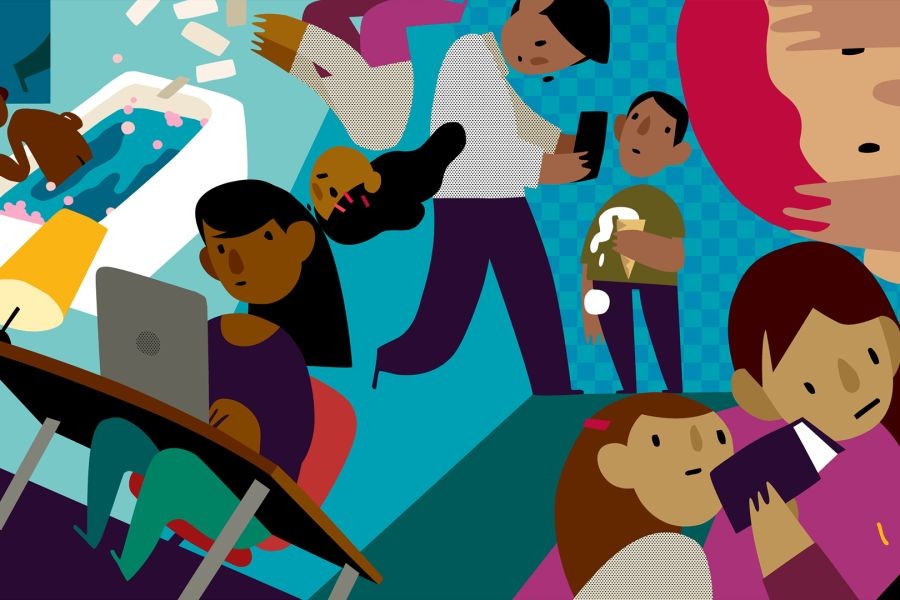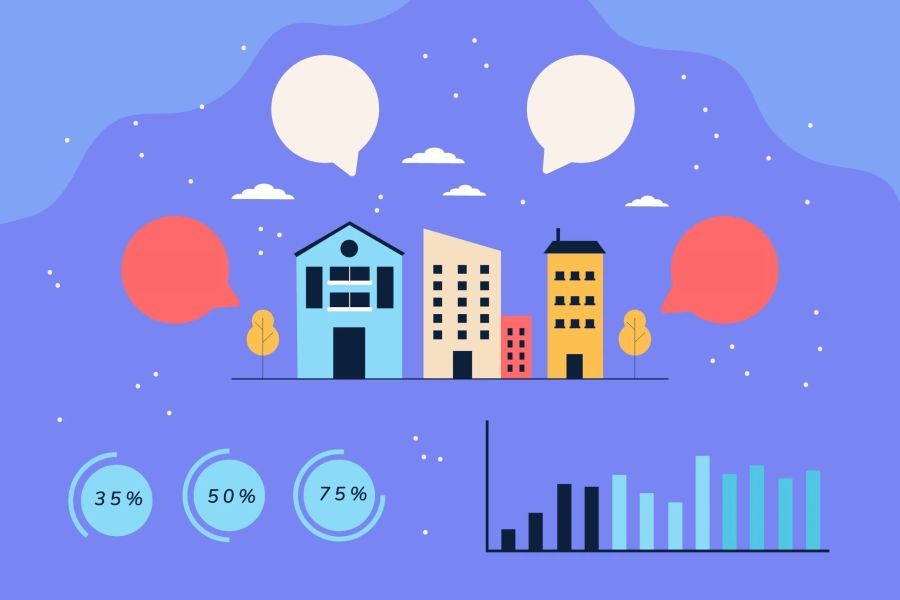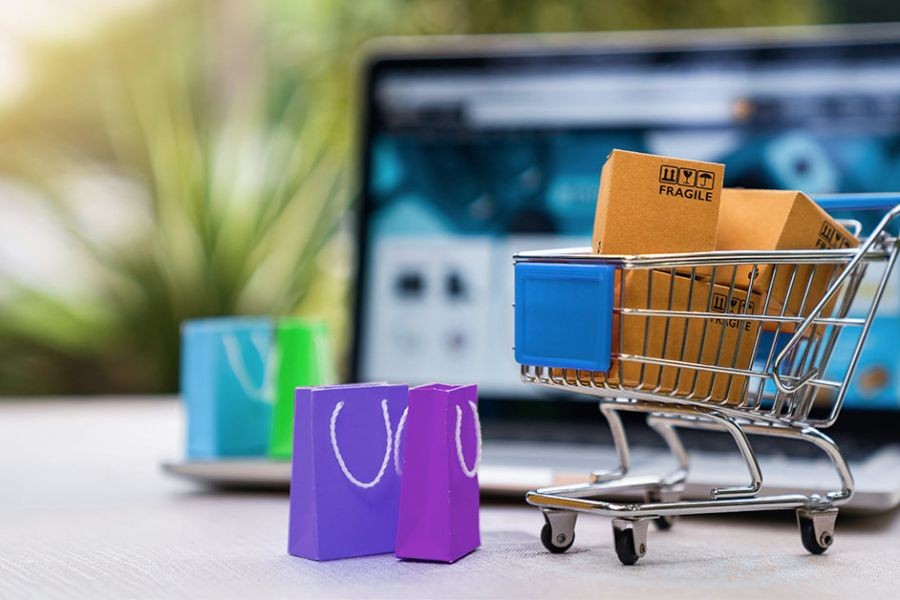Did you know that the food delivery industry in Australia has surged by 82% over the past five years, according to the Australian Bureau of Statistics (ABS)? This rapid growth raises an intriguing question: will Australians still cook at home a decade from now, or is the convenience of food delivery too compelling to resist? As the food delivery landscape evolves, it’s essential to examine the factors influencing this shift, the implications for businesses, and the future of home cooking in Australia.
The Rise of Food Delivery in Australia
The proliferation of food delivery services in Australia can be attributed to technological advancements, changing consumer preferences, and lifestyle shifts. Companies like Uber Eats, Menulog, and Deliveroo have capitalized on these changes, enabling consumers to enjoy restaurant-quality meals at home. The COVID-19 pandemic accelerated this trend, as lockdowns forced many Australians to rely on delivery services for their dining needs.
According to a report by IBISWorld, the Australian food delivery industry generated $2.6 billion in revenue in 2022, a significant increase from previous years. This growth is expected to continue, driven by the convenience and variety offered by these platforms.
Case Study: Menulog’s Expansion and Influence
Problem: Menulog, one of Australia's leading food delivery services, faced the challenge of expanding its market share in a highly competitive industry. The company needed to distinguish itself from competitors like Uber Eats and Deliveroo.
Action: Menulog implemented a strategy focused on local partnerships and marketing campaigns that emphasized its Australian roots. The company also invested in technology to enhance user experience, such as personalized recommendations and seamless payment options.
Result: Within two years, Menulog increased its market share by 15%, contributing to a 25% rise in revenue. The company's focus on local engagement and technological innovation proved successful in a crowded market.
Takeaway: Menulog's case highlights the importance of localization and technological investment in the food delivery industry. Australian businesses can leverage similar strategies to differentiate themselves and capture consumer loyalty.
The Impact on Home Cooking
The rise of food delivery services has undoubtedly impacted home cooking habits. A survey conducted by the Commonwealth Bank of Australia revealed that 40% of Australians now order food at least once a week, compared to 28% five years ago. This shift raises concerns about the future of home cooking, traditionally a staple of Australian culture.
Pros vs. Cons of Food Delivery
✅ Pros:
- Convenience: Offers time-saving benefits for busy individuals and families.
- Diverse Options: Access to a wide variety of cuisines that might not be available locally.
- Economic Boost: Supports local restaurants and the gig economy.
❌ Cons:
- Health Concerns: Increased reliance on takeout can lead to poor dietary habits.
- Environmental Impact: Packaging waste and increased vehicle emissions are significant concerns.
- Cultural Shift: Potential decline in home cooking skills and traditions.
The Regulatory Landscape
The Australian Competition & Consumer Commission (ACCC) plays a crucial role in regulating the food delivery industry. With concerns about fair competition and consumer protection, the ACCC has been vigilant in monitoring practices such as pricing transparency and delivery fees. In recent years, there have been calls for stricter regulations to address issues related to worker rights and environmental impacts.
In 2021, the ACCC launched an inquiry to examine the impact of digital platforms on competition within the food delivery sector. This inquiry aims to ensure a fair playing field for all businesses and prevent monopolistic practices.
Future Trends and Predictions
As we look to the future, several trends are likely to shape the food delivery landscape in Australia:
- Technological Innovations: The integration of AI and machine learning will enhance personalized recommendations and streamline logistics.
- Sustainability Initiatives: There will be a push towards eco-friendly packaging and carbon-neutral delivery options, driven by both consumer demand and regulatory pressures.
- Local Sourcing: Increasing interest in locally sourced ingredients will influence menu offerings and supplier partnerships.
- Hybrid Models: Businesses may adopt hybrid models that combine food delivery with meal kit services, catering to diverse consumer needs.
According to a Deloitte report, by 2030, it is expected that 50% of all food delivery services will incorporate sustainable practices, aligning with broader environmental goals.
Common Myths and Mistakes
- Myth: "Food delivery is cheaper than cooking at home." Reality: While convenient, frequent ordering can be more expensive than preparing meals at home. A study by Choice magazine found that cooking at home can save Australians up to 30% compared to ordering in.
- Myth: "Food delivery is always unhealthy." Reality: Many delivery services now offer healthy options, including salads and low-calorie meals.
- Myth: "Food delivery is bad for the environment." Reality: While packaging waste is a concern, companies are increasingly adopting sustainable practices to mitigate environmental impact.
Conclusion
The future of food delivery in Australia is poised for continued growth, driven by technological advancements and changing consumer preferences. However, the impact on home cooking and cultural traditions cannot be overlooked. As businesses adapt to this shifting landscape, they must balance convenience with sustainability and innovation. For consumers and businesses alike, the key will be finding a harmonious blend of delivery services and home cooking that preserves culture while embracing modernity.
What do you think? Will Aussies still cook at home in ten years, or will delivery services dominate the dining scene? Share your thoughts and experiences below!
Related Search Queries
- Is food delivery more popular than cooking in Australia?
- Future of meal kits in Australia
- Impact of food delivery on Australian culture
- Environmental impact of food delivery services
- Regulations affecting food delivery companies in Australia































mindabutler314
27 days ago